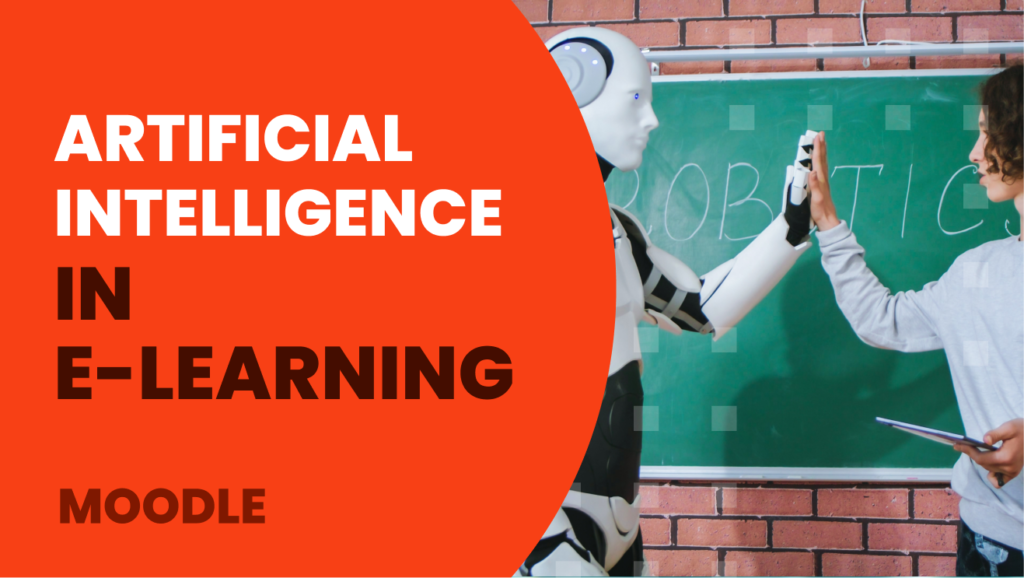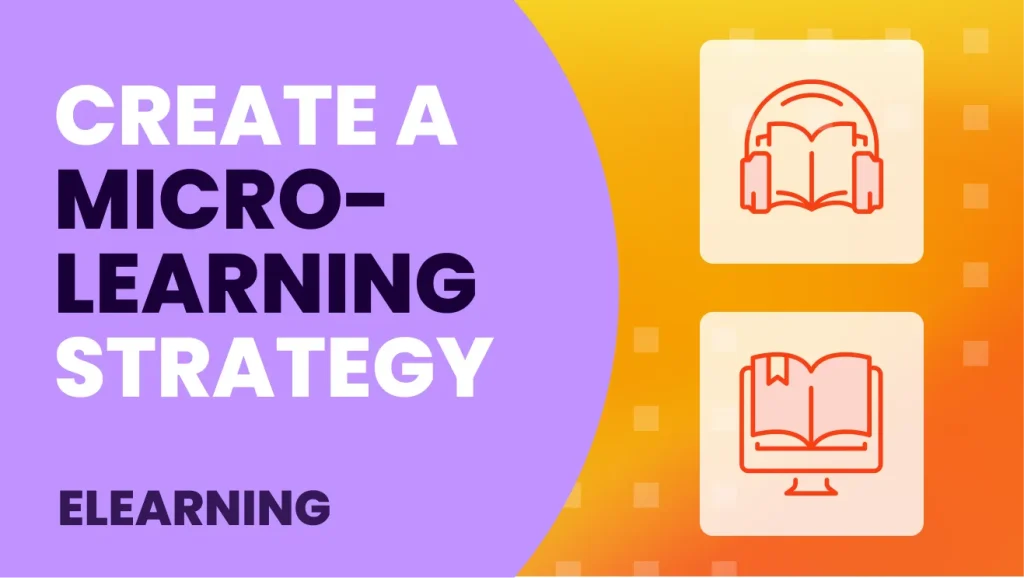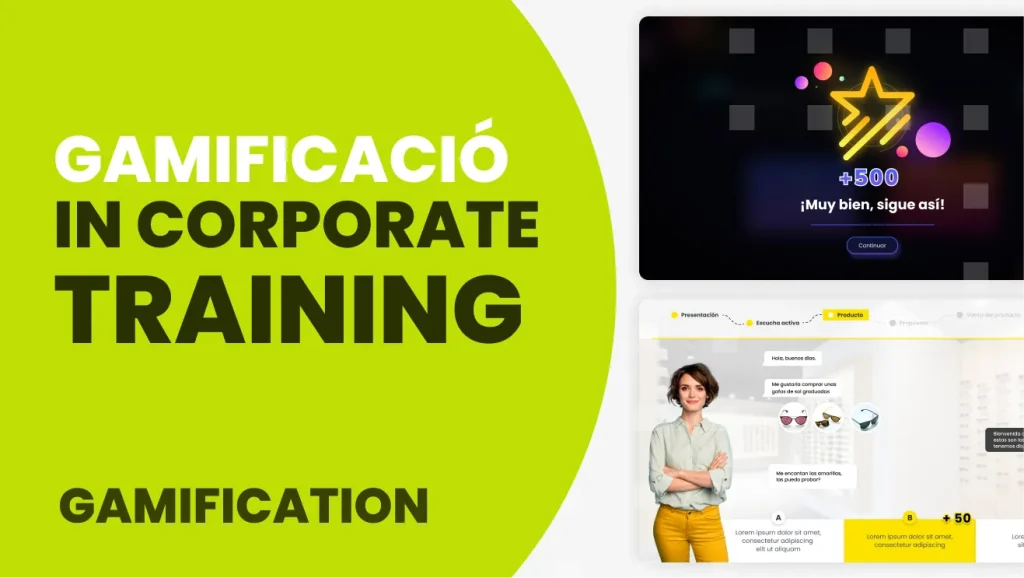Artificial intelligence (AI) is increasingly being integrated into e-learning to improve efficiency, personalize the user experience, and make learning more effective.
Using AI in e-learning platforms
Today, this revolutionary tool is used in a variety of ways in e-learning to enhance the educational experience.
The following are some of the most common applications:
Automated reporting
AI is used to automatically correct and grade assignments and exams. Machine learning systems can analyze student responses and provide immediate feedback for faster and more objective assessment.
Content customization
AI algorithms can customize course content based on individual skills, needs, and learning styles. This ensures that each student receives a personalized learning experience.
Virtual assistants and chatbots
AI-based chatbots and virtual assistants can provide instant answers to common questions, guide learners through course content, and offer real-time help.

Predictive Analytics
Using predictive analytics techniques, AI can predict student performance, identify potential areas of difficulty, and suggest specific interventions to improve learning.
Automate administrative tasks
LMSs can use AI to automate administrative tasks such as enrollment management, tracking student progress, and reporting. This frees up instructors’ time to focus on more interactive and creative aspects of the teaching process.
Speech Recognition and Natural Language Processing
These technologies enable voice interaction and facilitate speech transcription and analysis. This can be useful for language learning, practicing presentation skills, etc.
Virtual reality
AI can be integrated with virtual reality technologies to create immersive learning environments and interactive simulations.
Learning data analysis
AI helps analyze large learning data sets to identify patterns, trends, and areas for improvement in course effectiveness.
Artificial intelligence in Moodle
With the above information and moving to practical cases, questions may arise, how do I implement artificial intelligence in my LMS?, are there plug-ins or applications that facilitate the above tasks?
The answer is yes, and we will tell you how to integrate AI through Moodle applications and plugins.
The best plugins and artificial intelligence applications for Moodle
Our colleague Meritxell Revés, eLearning Consultant, explains each of the Moodle applications and plug-ins in detail.
Smart Import H5P application
The Smart Import engine is an advanced artificial intelligence engine that enables the creation of H5P resources. This makes it easy for the instructor to create activities based on a video, text, or uploaded document, and once the content is created, the instructor can review and modify it and then include it as an activity in the course.

DataCurso application
This application is a web wizard that creates the instructional design of a Moodle course using AI, specifically GPT Chat.
It was born out of the need found in universities and companies to provide solutions to some problems, for example:
- Courses created that are not based on pedagogical models
- Lack of standardization in course creation processes
- Inability to produce large numbers of courses or programs
- Fast course planning, production and execution times
- Low quality of virtual classroom courses and programs

Plugin AI Writter Submission
This plugin, created by Danish Moodle partner Moxis, can be downloaded here and will allow us to guide our students in finding and using the information available in the GPT chat.
The main features of the plugin are as follows:
- Add a delivery type to your Moodle task
- Allows the student to type a question or instruction to search for the desired information
- The teacher asks in the instructions to adapt the information found in the desired steps
- The teacher sees the changes made to the additional text, as well as the phrase, question, etc. used to search for the content.
- Requires a paid GPT Chat account connected to Moodle via APi
Now that you know how to integrate AI into Moodle, it is time to put it into practice. We invite you to explore and make the most of a new horizon in digital learning.





